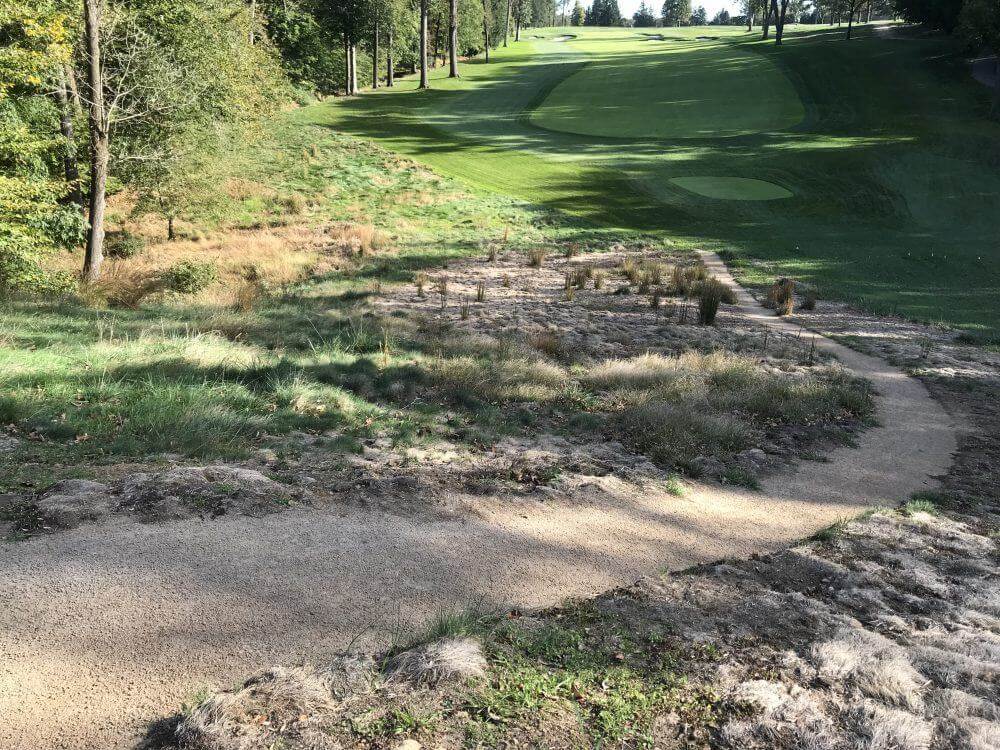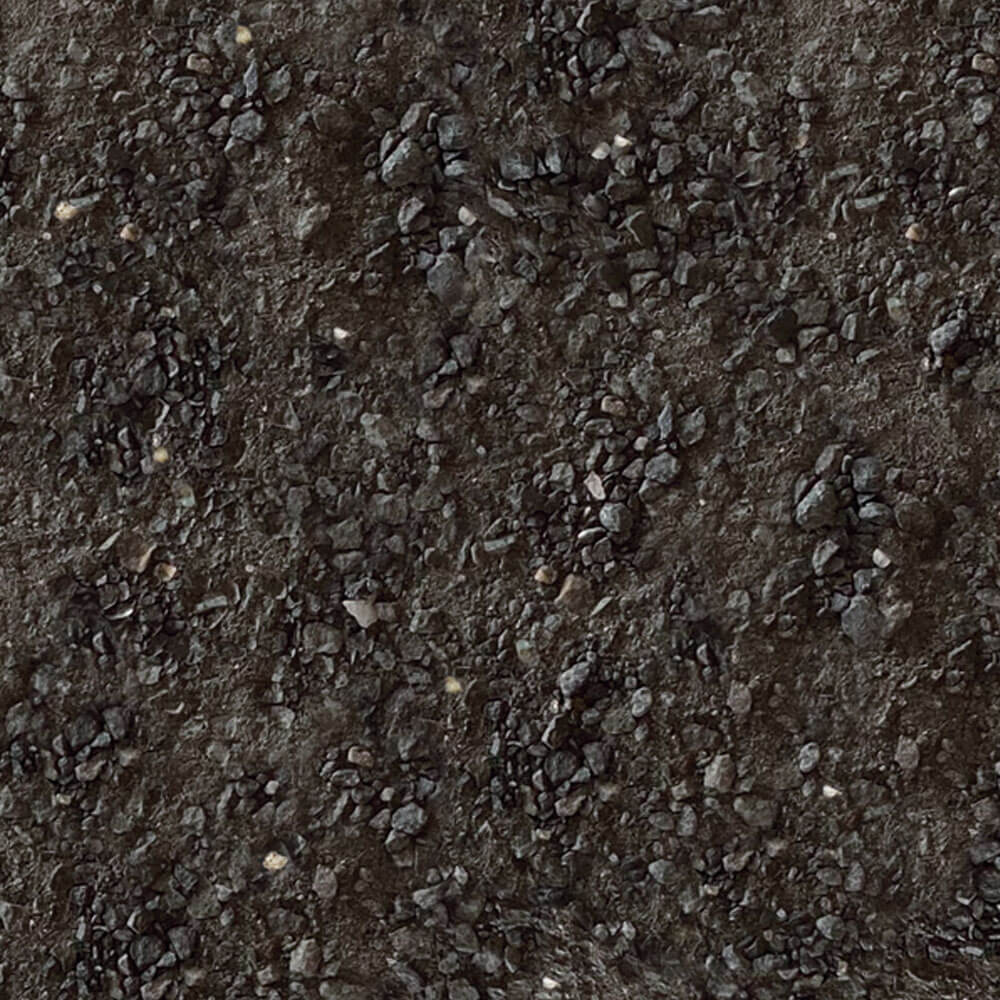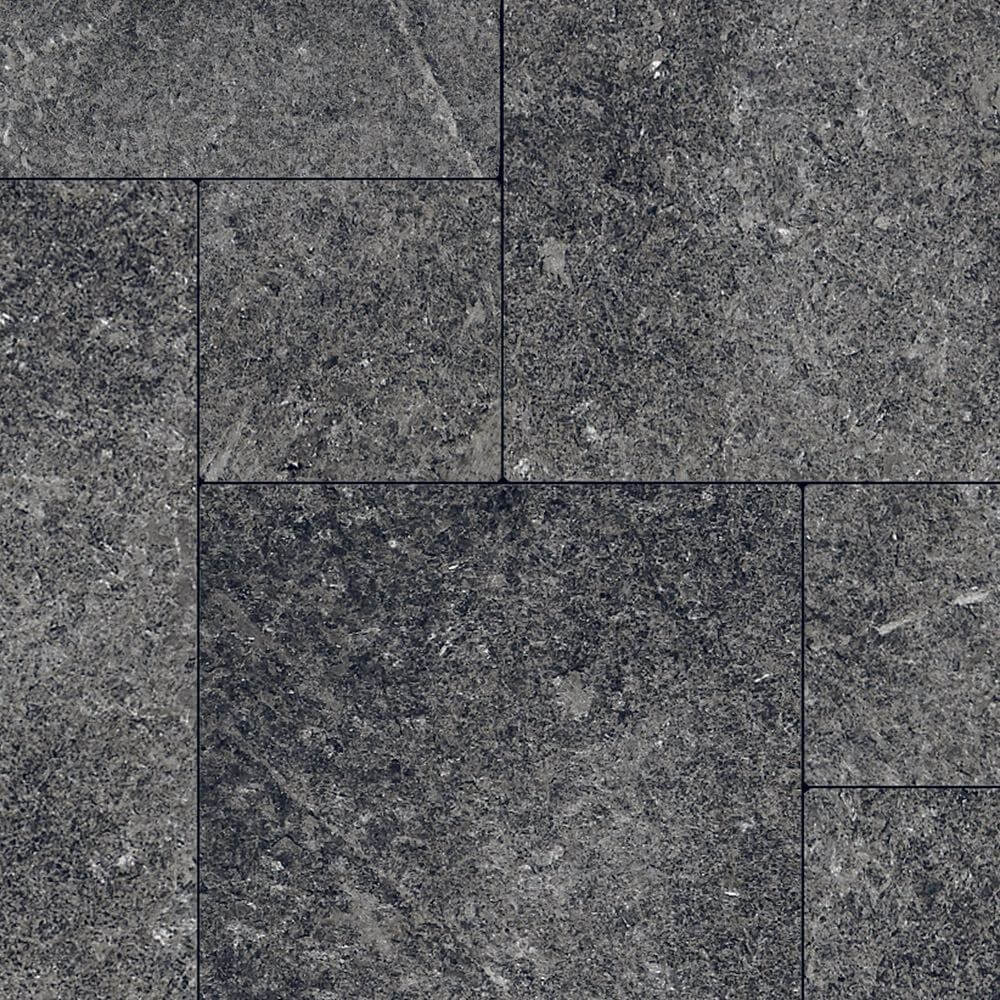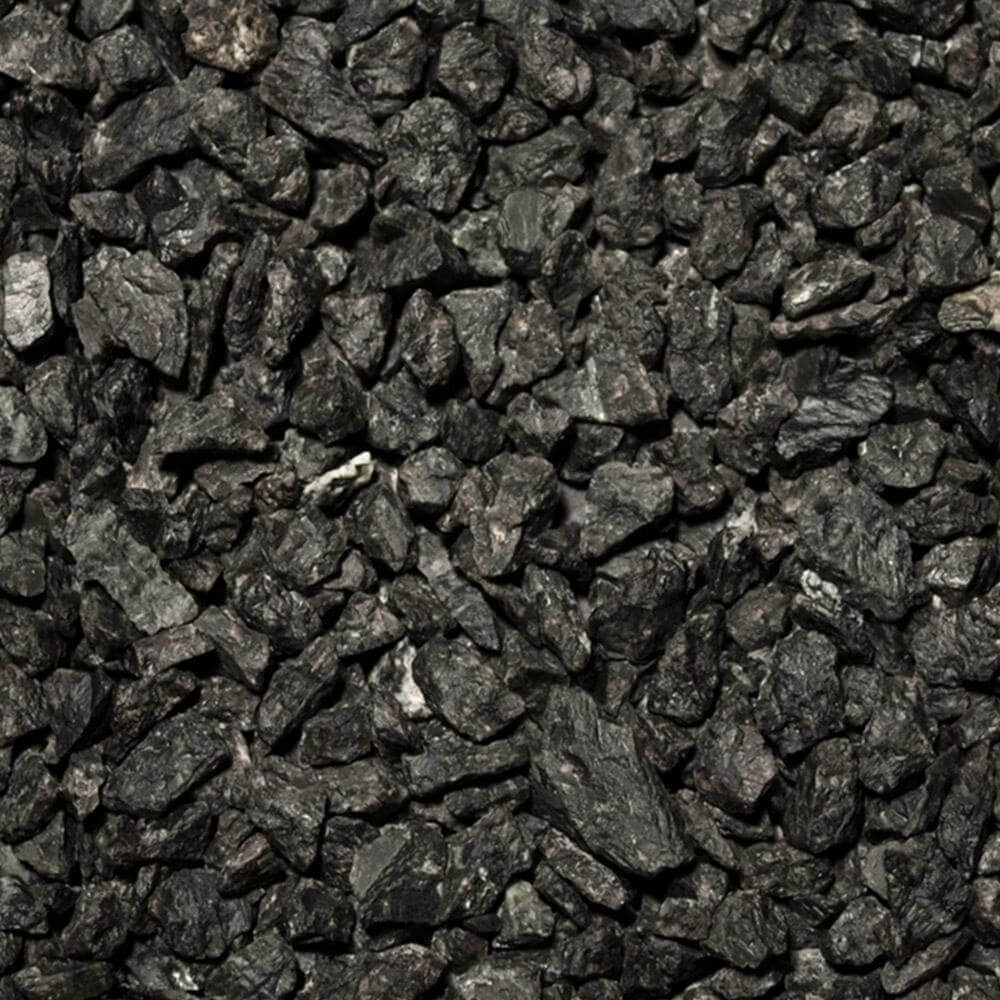If you’re lucky enough to own or patronize a golf course somewhere like sunny Florida, you don’t have to worry much about snow, ice, or other cold-weather conditions. But here in the Midwest, golf courses typically have to close up shop during the winter months.
Come spring, even well-maintained courses will have plenty of prep work to get ready for the golf season. Courses that are ignored or suffer from improper drainage will be significantly worse off. All that melting snow and ice, along with the effects of harsh freeze/thaw cycles, can leave cart paths and the rest of a course a damaged, muddy mess. Let’s take a look at the hard work that goes into maintaining a deceptively quiet-looking course in the wintertime.
Winter Golf Course Needs
Here are just a few of the considerations that golf superintendents and other key managers have to keep in mind as winter approaches and threatens to damage pristine courses.
Watching the Weather
To maximize the playing season for golfers, courses typically stay open until temperatures get too low or snow covers the greens. They reopen sometime in the spring, when all that snow and ice has melted and the ground has thawed. This requires a number of days with temperatures above freezing, and that can be hard to come by in the Midwest. Because winter weather can be unpredictable, courses must stay closely informed of approaching weather patterns in order to determine when it’s time to close for the season—and when they can safely reopen without risking damage to the grounds.
Minimizing Turf Loss
Courses that are exposed to severe weather each winter typically suffer damage to their greens. Depending on ground exposure, weather patterns, and other course damage, greens may need to be covered with materials like straw, sand, or even tarps to minimize turf loss. They’ll also likely need applications of fungicide to avoid the risk of snow mold diseases.
Snow can actually protect turf from the ravages of winter winds, low temperatures, and ice. Unbroken ice, in particular, can cause turf loss, due to the lack of oxygen in the soil. If ice persists, it may need to be removed periodically to allow for gas exchange. Some courses even erect a kind of greenhouse over portions of the greens in order to raise temperatures and promote the germination of new grasses.
Preemptive Golf Course Pathway Solutions
Golf course pathway materials like asphalt can freeze, crack, and heave during the winter, leaving groundskeepers with extensive maintenance to get through before play can resume. Other permeable materials will turn pathways into a muddy mess come spring. Some courses are turning to new pathway options to make getting ready to open after winter that much easier. Kafka’s Wax Polymer Pathway Mix is a non-permeable formulation that doesn’t freeze, so you won’t see your cart pathways growing muddy and soft as the weather warms. On top of that, the material’s resistance to erosion makes it the ideal option for courses that cover hilly terrain and want to emerge from the winter with intact pathways.
Protecting Equipment
Winter weather can badly damage everything from golf carts to pins to maintenance equipment, so it’s essential for courses to store these materials away from the elements. Courses typically also use this time to update or replace older equipment, setting the stage for a better player experience in the springtime.
Tackling Projects
It can be difficult for golf courses to complete large projects when golfers are playing the course for most of the daylight hours. As such, winter provides an opportunity for courses to take care of more significant projects. That doesn’t mean that groundskeepers will be out in the middle of a snowstorm, but the winter is long here in the Midwest, and the right conditions and an empty course can allow plenty of time to tackle projects or source new materials.
Effective Golf Course Pathway Solutions From Kafka Granite
Here at Kafka Granite, we take great pride in producing high-quality aggregates, while at the same time adapting and developing exciting new applications for these reliable materials. Our Wax Polymer Pathway Mix has proven to be a valuable solution for courses who need cart pathways to stretch across hilly terrain. This product won’t crack, crumble, or heave, and it remains malleable, allowing for easy reworking if necessary. And because this material is non-permeable, it holds up to repetitive freeze/thaw cycles, making it the perfect low-maintenance solution to muddy, eroding, or heaving pathways. The natural look of our Wax Polymer Pathway Mix also makes it less obtrusive than asphalt or concrete pathways.
In pursuit of other exciting golf course applications, we’ve also developed erosion-resistant bunker sand, which stands up beautifully to heavy rains and severe winds. This product utilizes the same engineered polymeric wax that makes our pathway mix so useful.
Reach out today to learn more about our golf course pathway solutions, Wax Polymer Bunker Sand, and other landscaping materials that will take your course to the next level. We look forward to working with you.




